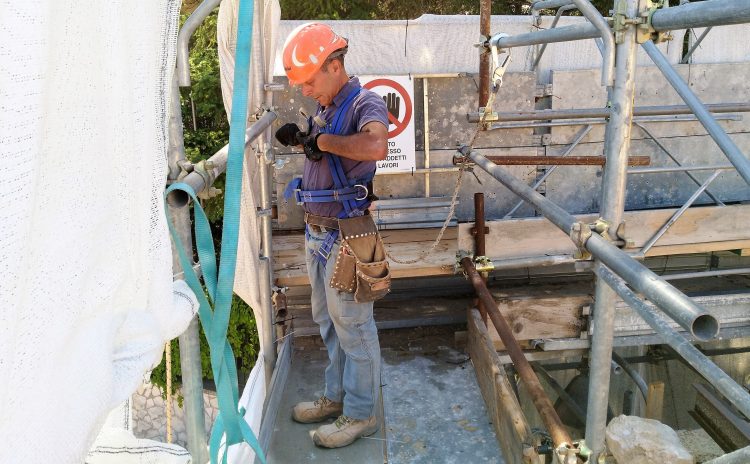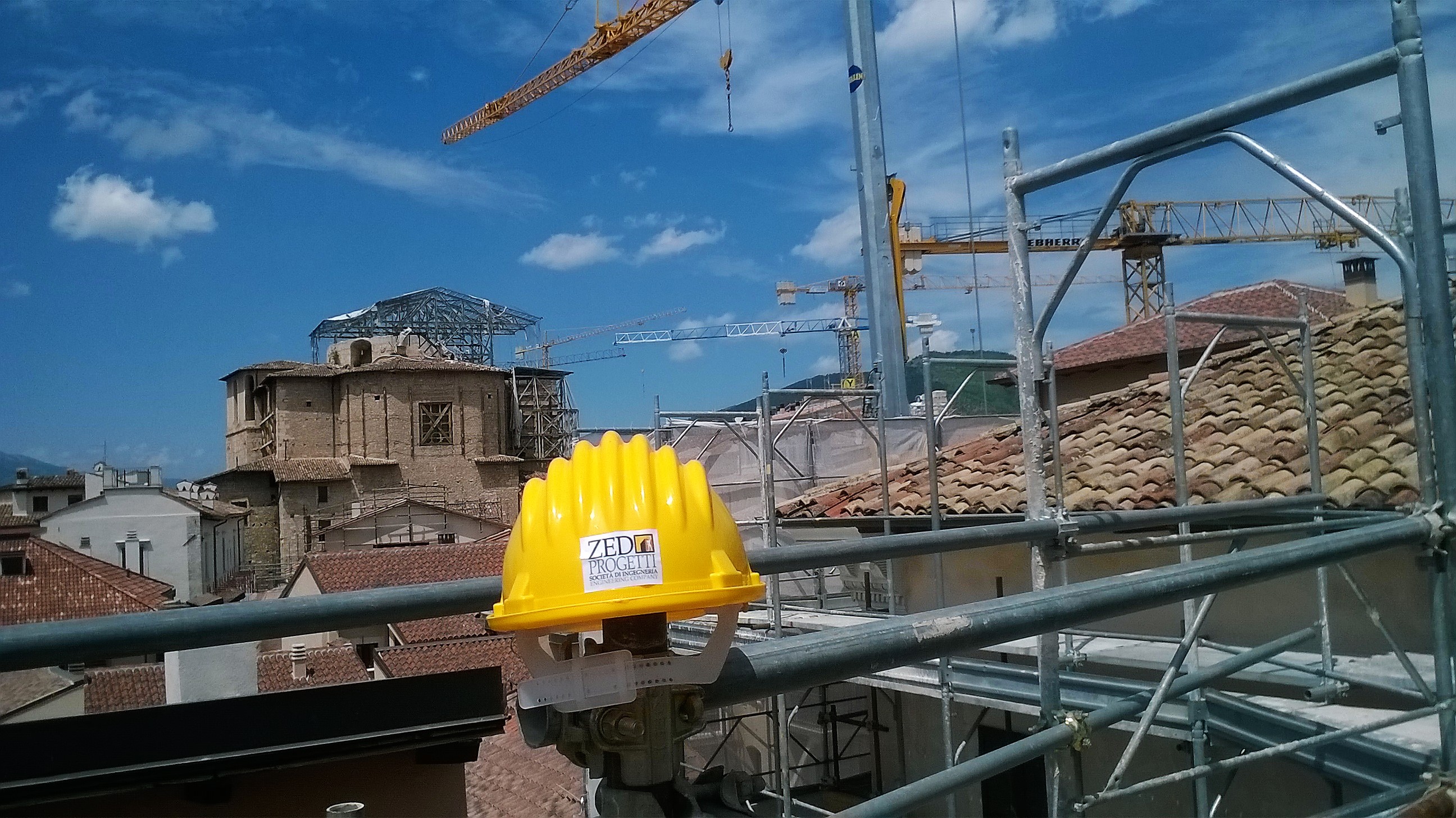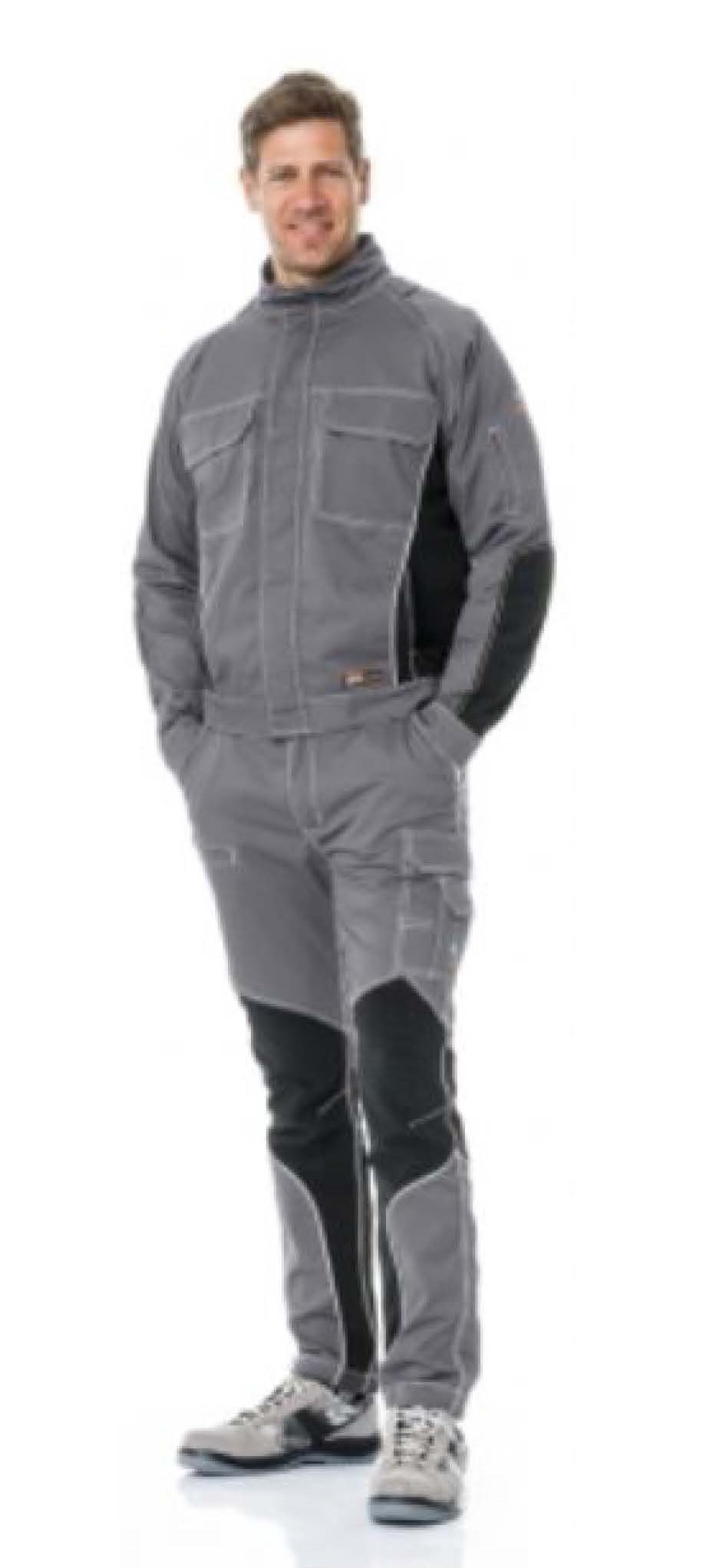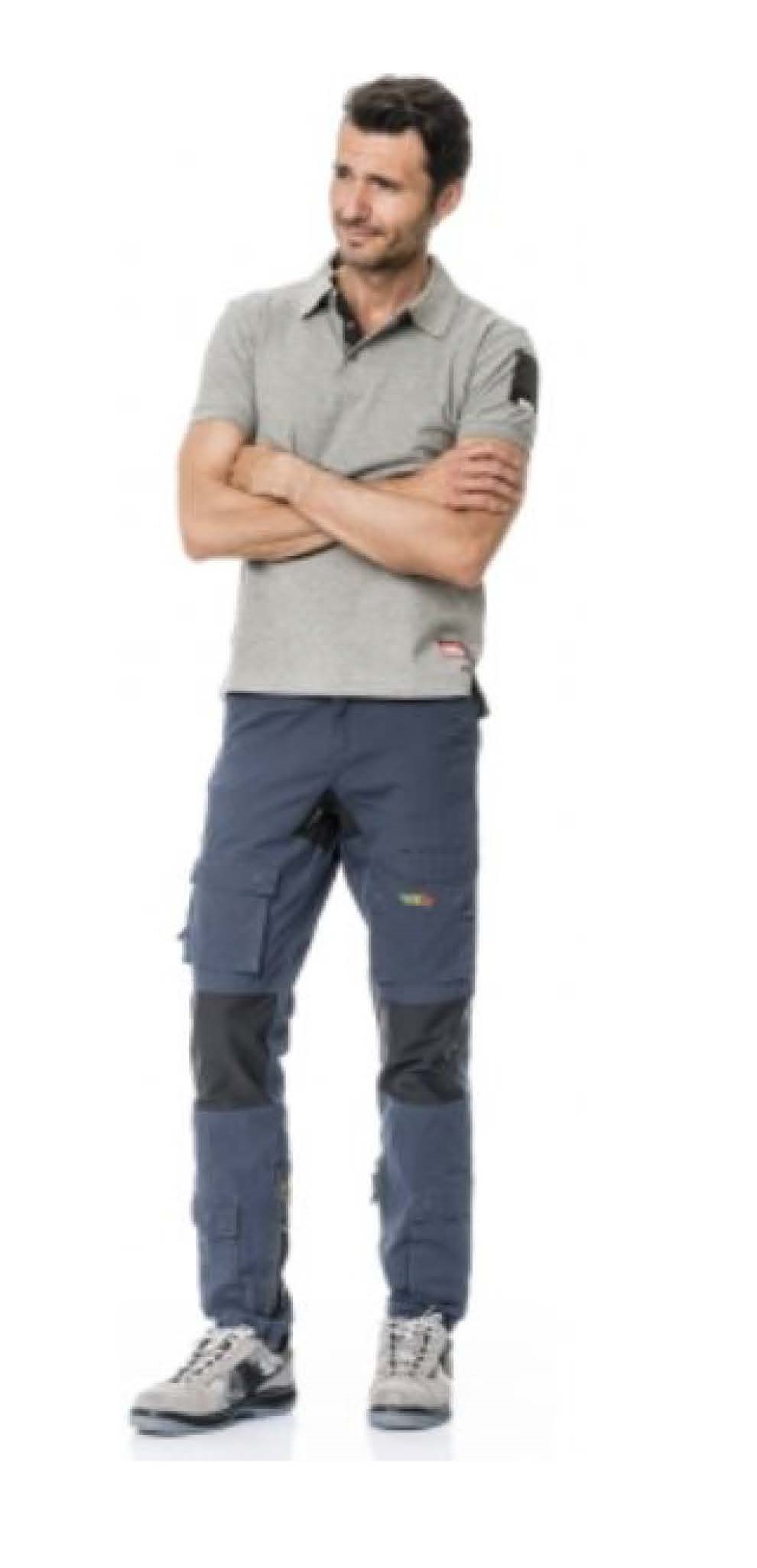ABBIGLIAMENTO ESTIVO NEI CANTIERI EDILI
SUMMER CLOTHING IN SITE
- 21 Lug 2019

Un tema particolarmente dibattuto nei mesi estivi nei cantieri edili è quale debba essere il giusto abbigliamento consentito dei lavoratori, quando lamentano problemi di caldo e sudorazione per le alte temperature, l’afa e il forte irraggiamento solare.
Il D.Lgs 81/2008, con i Piani di Sicurezza e Coordinamento (PSC) e i Piani Operativi di Sicurezza (POS) relativi, che recepiscono e rendono operative nei cantieri edili le norme contenute nel decreto citato, prescrive abbigliamenti da lavoro antinfortunistici specifici per le varie lavorazioni, in relazione al grado dei rischi: scarpe con rinforzi, vestiti ad alta visibilità, elmetti di protezione, occhiali resistenti, guanti, copri orecchie, tute speciali (ad esempio per la rimozione dell’amianto), ecc. Si tratta dei cosiddetti dispositivi di protezione individuale (DPI), che sono consegnati dai datori di lavoro (le imprese) ai lavoratori, dopo che questi sono stati sottoposti a programmi di informazione e addestramento al loro utilizzo. Dotare i propri dipendenti di abiti da lavoro e strumenti adatti a mansioni specifiche è una condizione obbligatoria del datore di lavoro. I lavoratori, da parte loro, avranno cura di mantenere tali strumenti in ordine e sempre efficienti, ed avranno l’obbligo di indossarli ogni qual volta le lavorazioni lo prevedano.
Non esiste nessuna deroga a fattori climatici, l’obbligo di indossare DPI, quando è prescritto, va puntualmente eseguito. Si apre il POS, si vede il tipo di lavorazione da effettuarsi, si leggono i DPI per essa prescritti e si impone di far indossarle gli stessi al lavoratore.
Può quindi un lavoratore operare su un ponteggio senza elmetto di protezione, anche se è estate e fa molto caldo? Ovviamente no, deve indossarlo sempre, perché si tratta di un DPI prescritto; può tuttavia concordare col capocantiere, ed è buon senso consentire ciò, frequenti pause per scendere dal ponteggio, togliersi l’elmetto e rinfrescarsi.
Quando un indumento non è però assimilabile ad un DPI, e questo è il tema centrale del seguente articolo, la scelta o meno di indossare tale indumento non è suscettibile a nessun obbligo.
Può un operaio lavorare in canottiera e pantaloni corti (bermuda)? Per lavorazioni per le quali non è previsto un abbigliamento specifico, la risposta e sì.
Se per la lavorazione in esecuzione non si prevede un abito da lavoro particolare, indispensabile per la sicurezza e la salute del lavoratore, dunque un abbigliamento non assimilabile ad un DPI, la canottiera e i pantaloni corti possono essere indossati.
Dopo una ricerca svolta chiedendo ulteriori delucidazioni a riguardo all’ASL e al CPT dell’Aquila, il risultato è stata la conferma che non esiste un preciso obbligo di legge nel definire il tipo di abbigliamento da indossare nei cantieri edili quando lo stesso non sia indispensabile alla sicurezza del lavoratore. È comunque possibile, a prescindere dal tema della sicurezza, dare disposizioni interne riguardo all’abbigliamento da tenere per i lavoratori di un’impresa.
Nei cantieri edili della ZEDPROGETTI, come conclusione di quanto detto, è prassi emanare una disposizione interna in cui si consente, nel periodo estivo, il possibile utilizzo da parte dei lavoratori di magliette leggere con maniche corte e di pantaloni lunghi di tessuto traspirante. È negato invece l’uso di canottiere, di pantaloncini corti e la possibilità di stare senza maglietta. Si ritiene con ciò di ottemperare in modo adeguato alle richieste dei lavoratori di indossare in estate abiti più freschi e traspiranti, e, allo stesso tempo, di mantenere un senso di decoro generale del cantiere e dei lavoratori stessi.

Fig. 1


Fig. 2 Abbigliamento standard – Abbigliamento estivo

Fig. 3 Cantieri della ZEDPROGETTI
 Arch. Anselmo Santilli- ZED PROGETTI srl
Arch. Anselmo Santilli- ZED PROGETTI srl
A particularly debated topic in the summer months on construction sites is what should be the right clothing allowed for workers, when they complain of heat and sweating due to high temperatures, sultriness and strong solar radiation.
The Legislative Decree 81/2008, with the Safety and Coordination Plans (PSC) and the relative Operational Safety Plans (POS), which implement and render operational the rules contained in the aforementioned decree in construction sites, prescribes specific accident prevention work clothing for the various processes, depending on the degree of risk: shoes with reinforcements, high-visibility clothing, protective helmets, resistant glasses, gloves, ear covers, special coveralls (for example for removing asbestos), etc. These are the so-called personal protection devices (PPE), which are delivered by employers (companies) to workers, after they have been subjected to information and training programs for their use. Equipping its employees with work clothes and tools suited to specific tasks is a mandatory condition of the employer. The workers, for their part, will take care to keep these tools in order and always efficient, and they will have the obligation to wear them whenever the work requires it.
There is no exception to climatic factors, the obligation to wear PPE, when prescribed, must be carried out on time. The POS opens, shows the type of processing to be carried out, reads the PPE prescribed for it and forces the worker to wear them.
Can a worker therefore work on a scaffolding without a protective helmet, even if it is summer and very hot? Obviously not, he must always wear it, because it is a prescribed PPE; however, it may agree with the site manager, and it is common sense to allow this, frequent breaks to get off the scaffolding, remove the helmet and cool off.
However, when a garment is not comparable to a PPE, and this is the central theme of the following article, for the choice or not to wear the same one there would appear to be no obligation. Can a worker work in undershirt and shorts (Bermuda shorts)? For processes for which there is no specific clothing, the answer is yes.
If for the work in progress there is no provision for a particular work garment, indispensable for the safety and health of the worker, then a clothing not comparable to a PPE, the undershirt and short pants can be worn.
After a research carried out asking for further clarifications regarding the ASL and the CPT of L’Aquila, the result was the confirmation that there is no precise legal obligation to define the type of clothing to wear on construction sites when it is not indispensable. to worker safety. It is however possible, regardless of the issue of safety, to give internal provisions regarding the clothing to keep for the workers of a company.
In ZEDPROGETTI’s sites, as a conclusion of what has been said, it is common practice to issue an internal provision which allows, during the summer, the possible use by workers of light T-shirts with short sleeves and long trousers in breathable fabric. The use of tank tops, shorts and the possibility of being without a shirt is denied. It is therefore believed to adequately comply with the demands of workers to wear cooler and breathable clothing in the summer, and at the same time to maintain a sense of general decorum of the yard and the workers themselves.

